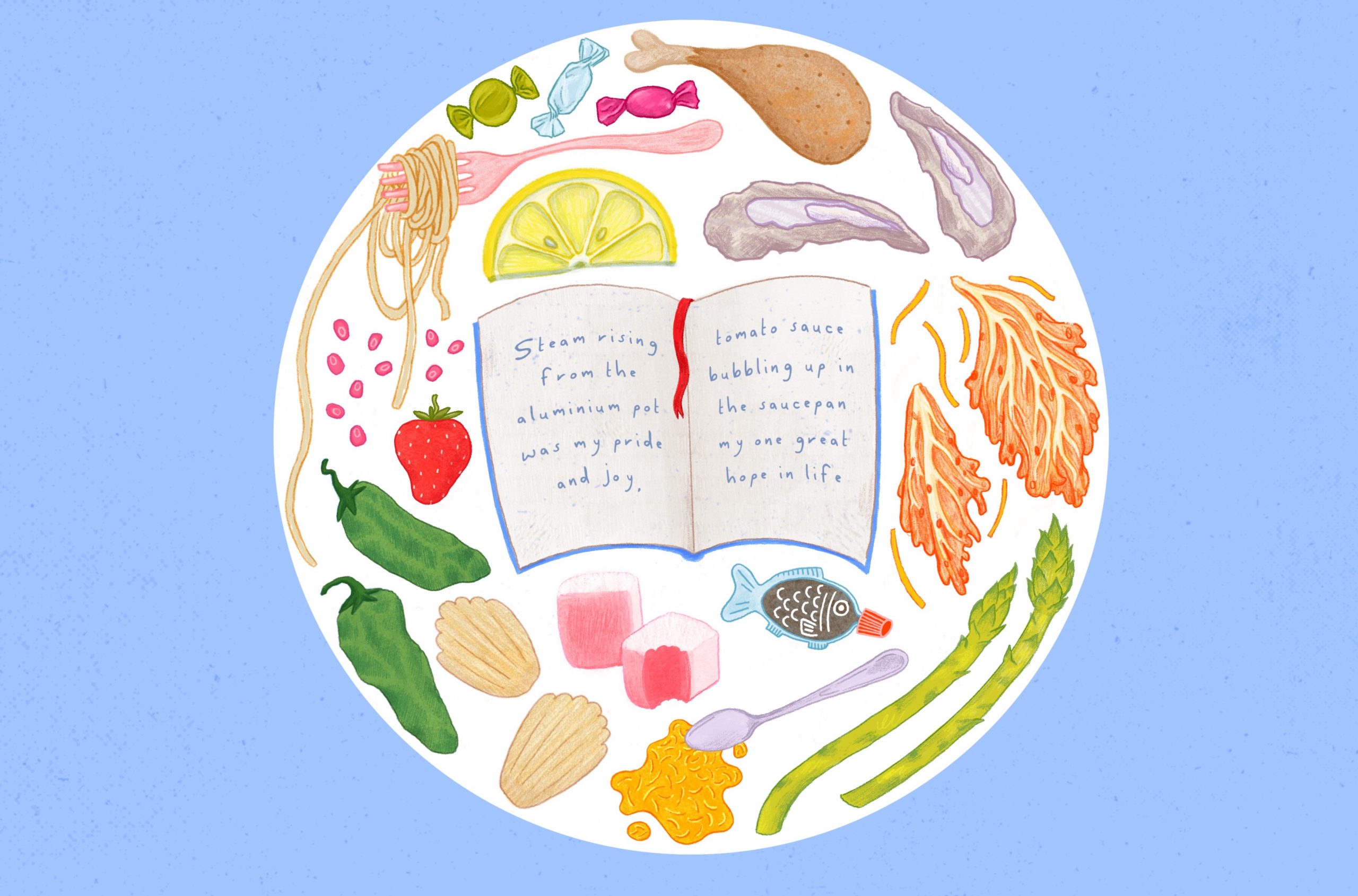“When I’m reading,” a friend admitted to me once, “I just always wonder what the characters are eating”. It makes sense: in so much of the literature we read, what and how the characters eat – if they cook, if they share meals with friends – is omitted. I think it’s a great shame. Even the greatest detective, or the most wanted criminal, must surely stop for lunch. What are they having?
In Heartburn, the semi-autobiographical novel by late writer and director Nora Ephron, food is at the centre of the table. Told from the first-person perspective of cookery writer Rachel Samstat, admitted by Ephron to be a “thinly disguised” version of herself, Heartburn recounts the breakdown of her marriage after the discovery of her husband’s affair whilst she is seven months pregnant.
Unsurprisingly, given its protagonist’s profession, food plays a crucial part in the storytelling of Heartburn, both providing light anecdotal relief against the doom of its narrator’s marital breakdown, and more importantly mapping the emotional landscape of the story.
Through a melange of grocery lists, recollections of New York delicatessens, and zingy anecdotes – “pesto is the quiche of the 70s” – food and feelings are inherently intertwined, as they are in life.
With entire recipes included throughout, in Heartburn the cooking, eating and sharing of meals offers an insight into the protagonist’s thoughts and way of expressing herself, forging a strong bond between food, love, memory, and place.
“The cooking became a way of saying I loved you … and then the cooking became the only way of saying I love you.” Food runs through the novel as a constant; as something to be relied upon when little else is certain. It permeates the protagonist’s vernacular – she uses descriptions such as “peanut-butter-and-jellyness” of life and laments Washington as “a city where you can’t even buy a decent bagel”.
The novel’s very title connotes eating, albeit an unsavoury aftereffect, in a way that sharply aligns itself with the emotionally traumatic side of the story, yet food is also used as a reminder of the beauty of the small moments: “I see…people on the streets looking for action and love and the world’s greatest chocolate-chip cookie, and my heart does a little dance”.
This is something that Nora Ephron pioneered in all of her work, which included the screenplay for the 2009 film, Julie and Julia, and the infamous deli scene in When Harry Met Sally. Even beyond the world it sets itself in, Heartburn makes a strong case for paying food greater attention in literature, and I believe more authors should be following suit.
Illustration via Rachel Cunningham

